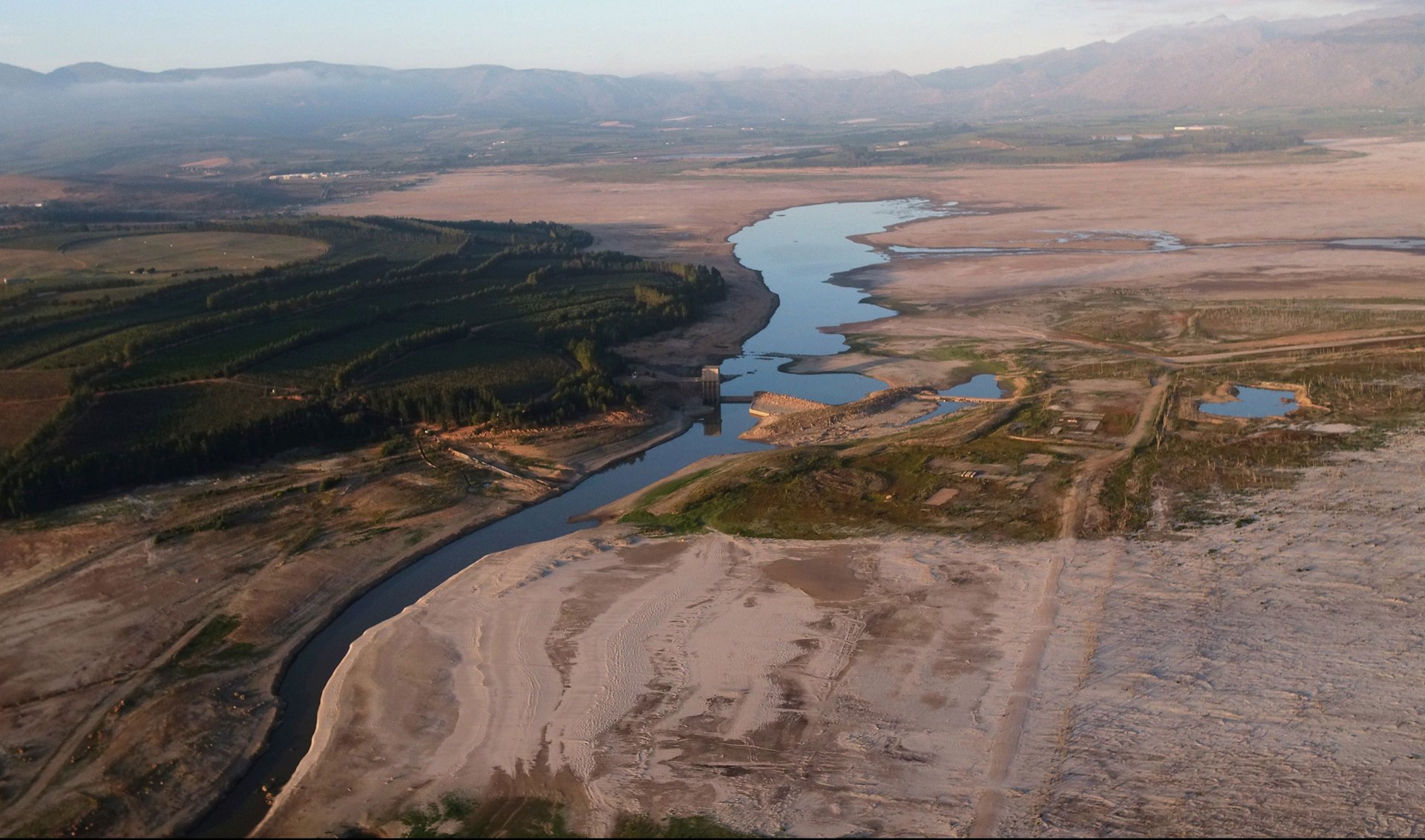The ways we can escape the water crisis
How do we get out of the water crisis? Theoretically, there’s plenty of fresh water to go around, the big question is allocating it properly, and that’s where things get complicated. There is no magic bullet, but here are five key things that we can do to help alleviate the crisis:


How do we get out of the water crisis? Theoretically, there’s plenty of fresh water to go around, the big question is allocating it properly, and that’s where things get complicated. There is no magic bullet, but here are five key things that we can do to help alleviate the crisis:
Improve water use efficiency: From flood irrigation to unmetered public use, water runs out of reservoirs and taps and leaks into the ground without doing much good. Metering homes and apartments can cut usage by anywhere from 5 to 39%, depending on local habits, by forcing residents to pay for the water they use. Some 60% of water tapped for irrigation is lost or wasted. Requiring drip irrigation for farms, or lawn watering at night can cut water usage drastically, as can growing crops appropriate for the local climate.
Pricing water properly: This can get tricky, but one place to turn is Los Angeles, which uses tiered pricing, a principal similar to marginal income-tax rates, to cover the cost of supplying extra water and encourage conservation. Rates can be set to not only encourage conservation, but ensure that even the poorest get a minimum amount of water at low or no cost, while encouraging farmers to plant less thirsty crops.
Fix busted infrastructure. In the U.S., about 14 to 18% of treated water is lost through leaks in aging pipes. Uncovered and unlined irrigation canals can lose as much as 50% of the water they carry. Dams that leak and treatment plants that can’t clean the water they use—or sewers that simply empty into rivers and lakes and sea coasts—waste vast amounts of water. Efficiently treating and reusing wastewater opens whole new sources of water.
Engineers dream of massive new infrastructure projects to bring water to people lacking it, but the next big thing may be moving people to where water is plentiful. New desalination technology is helping both Saudi Arabia and the Caribbean islands deal with population growth and lack of rain. Desalinating ocean water is possible, but still extremely expensive.In China, authorities moved steel plants from Beijing, where they sucked up scarce freshwater for cooling and manufacturing, and to the sea coast, where water was more plentiful.
Turn to nature—Chopping down forests and overgrazing have been prime contributors to desertification throughout history. Restoring degraded lands by planting trees or managing grazing can prevent erosion and help soil hold precious rainwater. Planting crops appropriate to local water availability can vastly reduce water consumption, growing more food with less water.